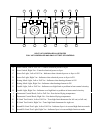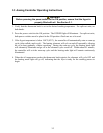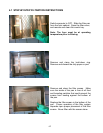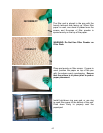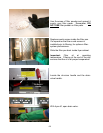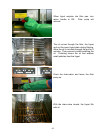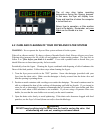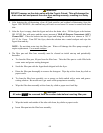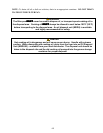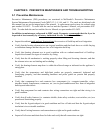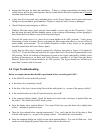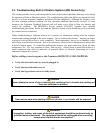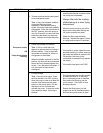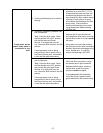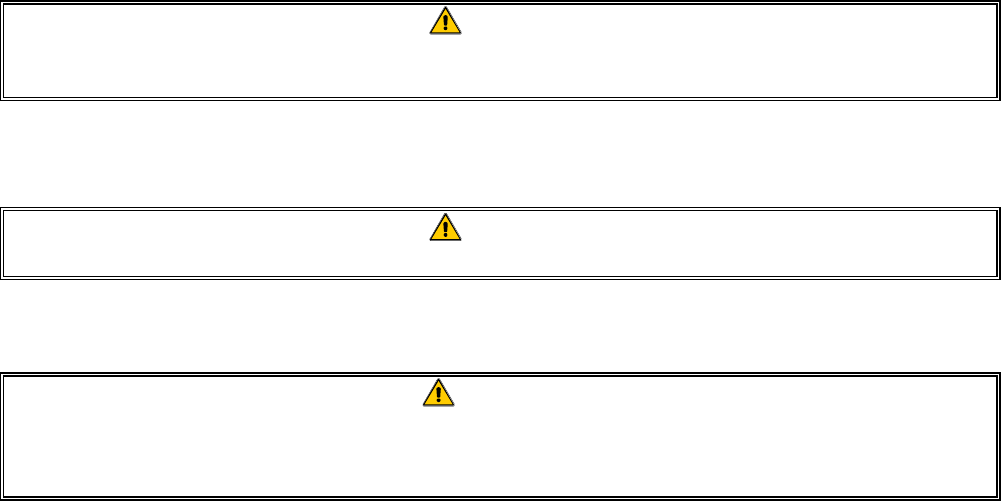
5-3
5.3 Troubleshooting Built-in Filtration Systems (BIH Series Only)
This section provides an easy reference guide to some of the common problems that may occur during
the operation of built-in filtration systems. The troubleshooting tables that follow are intended to help
correct, or at least accurately diagnose, problems with this equipment. Although the chapter covers
the most common problems reported, you may encounter problems that are not covered. In such
instances, the Frymaster Technical Services staff will make every effort to help you identify and
resolve the problem. The BIH/MH14 Service manual (819-5625) contains more detailed
troubleshooting procedures for the fryer and the filtration system, which should always be performed
by a trained service technician.
When troubleshooting a problem, always use a process of elimination starting with the simplest
solution and working through to the most complex. Never overlook the obvious – anyone can forget
to plug in a cord or fail to close a valve completely. Most importantly, always try to establish a clear
idea of why a problem has occurred. Part of any corrective action involves taking steps to ensure that
it doesn’t happen again. If a controller malfunctions because of a poor connection, check all other
connections, too. If a fuse continues to blow, find out why. Always keep in mind that failure of a
small component may often be indicative of potential failure or incorrect functioning of a more
important component or system.
Before calling a service agent or the Frymaster HOTLINE (1-800-24FRYER):
• Verify that electrical cords are securely plugged in.
• Verify that circuit breakers are on.
• Verify that frypot drain valves are fully closed.
DANGER
Never attempt to move a fryer containing hot cooking oil or to transfer hot cooking oil
from one container to another.
DANGER
Use extreme care when testing electrical circuits. Live circuits will be exposed.
WARNING
Inspection, testing, and repair of electrical equipment should be performed only by
qualified service personnel. The equipment should be unplugged when servicing,
except when electrical tests are required.



